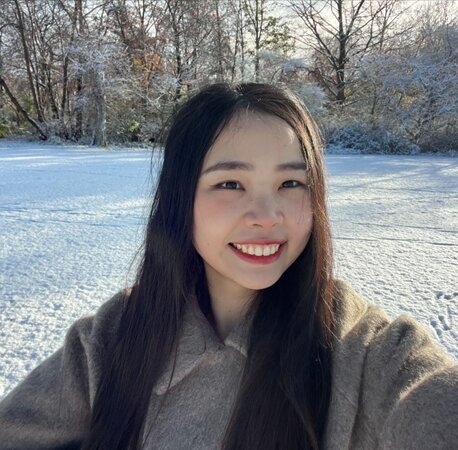
In-vitro to in-vivo extrapolations
Organisation: Helmholtz-Centre for Environmental Research - UFZ, Germany
Supervisors: Prof. Dr. Beate Escher
Hello, My name is Yuxin, and I am from China. After my undergraduate studies, I decided to pursue further studies in the University of Copenhagen, where an attractive Master’s program in Chemical Toxicology and Health was offered. During my master’s studies, I investigated the toxicological effects of micro- and nanoplastics on human cancer cell lines, gaining expertise in environmental chemistry and toxicology. Through my education and research experience, I found my own passion for chemical risk assessment. In DC5 of the QTOX project, my research focuses on developing in-vitro to in-vivo extrapolation models through microcosm and mesocosm experiments, particularly addressing the toxicity of heavy metals and herbicides under dynamic and mixture exposure scenarios. My goal is to bridge critical knowledge gaps in ecotoxicology and contribute to more accurate and realistic assessments of pollutants' ecological impacts.